The Hidden Truth... Zero
Have you ever given a thought about India’s contribution to the world or to itself or to the humankind? The more we know, the realization creeps in that all we know is less. The 4 Vedas, Shashthras (Bhautika Shastra (physics), Rasayana Shastra (chemistry), Jeeva Shastra (biology), Vastu Shastra (architectural science), Shilpa Shastra (science of sculpture), Artha Shastra (economics), and Neeti Shastra (political science)), 64 art forms were all categorized well before we realized our existence or value. A single blog can never deal with all the secrets not do I have the knowledge enough to comment on the immense source of knowledge. So this blog is an attempt to open a Pandora’s box of hidden knowledge.
The Veda or compendium of knowledge is broadly classified into four Samhitha or compilation of the mantras - The Rig Ved, Yajur Ved, Sama Ved and Atharva Ved. They were sacred texts dating to a Vedic period, spanning the mid 2nd to mid 1st millennium BCE, or the Late Bronze Age and the Iron Age. These four branches of knowledge has been passed on since the time, we started recording history. The Vedas are referred to as the Sruthis (What is heard) and it is different from smithies (what is remembered). Which actually makes us think that much has been lost and little remains which we treat as ritualistic practices.
Other than these Vedic texts, there are the Brahmana, Aranyaka, Upanishad, Purana, Sutra and more. A compendium of what is left was laid down in the Vaidika Padānukrama Kosa prepared from 1930 under Vishva Bandhu, and published in five volumes in 1935-1965. Its scope extends to about 400 texts, including the entire Vedic Sanskrit corpus besides some "sub-Vedic" texts in volumes ranging in Samhita, Brahmana and Aranyaka, Upanishad, Vedanga. It was revised and published extending to about 1800 pages during 1973-1976.
François-Marie Arouet a.k.a Voltaire regarded Vedas to be exceptional, in his words:
"The Veda was the most precious gift for which the West had ever been indebted to the East."
Leave alone the Samhitha, Brahmana, Aranyaka, Purana and all other texts as the volume of knowledge is huge. Come to a simple example of a verse in one of the associated text - Isha Upanishad. The Each Veda had associated text like the Upanishads. The term Upanishad means inner wisdom or mystic knowledge. Literally it is derived from words which means sitting down beside or near. This was how the knowledge was passed on to the next generation from a Guru. It also suggests that these texts or Upanishads are the simplified knowledge to destroy ignorance. These have been the contribution many learned sages.
Let me come to the point and not delve into who wrote it or other technical nitty grittties. This is just an attempt to open your eyes and make you think about the kind of hidden knowledge from India, where the world used to look up to for knowledge through the renowned universities in Nalanda and Takshasila.
Isha Upanishad starts with an invocation
poornamatha poornamitha poorna poornamuthatsate
poornasya poornamathaya poornamevavashishyathe
But there are a lot of meanings given to this sloka. The word poorna means complete, but it could also mean fullness, reality, or even the number zero. There can be many explanations given to this verse in many forms. But let’s look at a mathematical point of view. Let’s treat the term poorna as the number or placeholder Zero.
The system of using zero was seen in Babylonian and Sumerian civilizations. But the full importance of Zero and the decimal system was a gift to the world by an Indian - Aryabhatta. The concept of zero first appeared in India around A.D. 458. Mathematical equations were spelled out or spoken in poetry or chants rather than symbols. Different words symbolized zero, or nothing, such as "void," "sky" or "space." In 628, a Hindu astronomer and mathematician named Brahmagupta developed a symbol for zero — a dot underneath numbers. He also developed mathematical operations using zero, wrote rules for reaching zero through addition and subtraction, and the results of using zero in equations. This was the first time in the world that zero was recognized as a number of its own, as both an idea and a symbol.
We often treat the number zero as valueless. But to understand the real value of zero we all have to think a little different. Unknowingly we have been chanting the properties of zero through the invocation in Isha Upanishad.
The verse could also mean
Whether the place given to the placeholder zero is here or there; there is a value for Zero
When added or subtracted the number to which it is treated remains the same or it made Zero nirguna. But when zero is deducted from zero, what remains is zero itself, making it unique. The division by zero still remains undetermined or infinite. That gives Zero a special value.
So there is a mathematical angle to this simple invocation in Isha Upanishad. But the name given to it "poojyam" also means worshippable, which sanctifies and gives a philosophical touch to Zero. Let’s look at those philosophical factors which make Zero worshippable or give us an insight to divinity.
The following are some elementary rules for dealing with the number 0. These rules apply for any real or complex number x, unless otherwise stated.
- Addition: Any addition to a number with Zero, the number remains unchanged
- Subtraction: When zero is deducted from a number it remains the same but when the number is deducted from zero it becomes negative.
- Multiplication: Any number multiplied by zero will result in zero
- But Division: When a non zero number is divides zero the result is zero but division by zero is undefined, because Zero has no multiplicative inverse
- Exponentiation: any number raised to the power of zero is one and when zero is raised to the power of zero the value is undefined.
This could be the explanation of the verse and has more to it - The hidden truth of Zero. Let me replace the word zero with divinity as it is "poojya" or "shoonya" in Indian culture.
- Addition: When a man adds divinity to himself, there is no change to him, which means that we can absorb divinity at any point of time.
- Subtraction: When divinity is removed from a man, the man remains but when he removes himself from divinity he turns negative.
- Multiplication: We cannot multiply divinity, revealing the oft quoted truth in all religions, divinity is one.
- Division: When a man divides divinity, divinity remains unchanged, showing the greatness of the divinity.
- Exponentiation: any man raised to the power of divinity is one - which is the oneness of Athma and Paramathma or the Advaitha philosophy. It also states there is no greater power than the divinity as divinity cannot be raised to divinity and remains undefined.
And that could be one of the hidden truths in the millions of verses spanning across all the texts in the Vedic literature. So from now on, when someone calls you zero, be happy or at least realize the zero in you. It zeroes down to one fact, there is more to it when you think you know it all. Think about it!!!
Om shanthi shanthi shanthi:
とても興味深く読みました:
\documentclass[12pt]{article}
\usepackage{latexsym,amsmath,amssymb,amsfonts,amstext,amsthm}
\numberwithin{equation}{section}
\begin{document}
\title{\bf Announcement 380: What is the zero?\\
(2017.8.21)}
\author{{\it Institute of Reproducing Kernels}\\
Kawauchi-cho, 5-1648-16,\\
Kiryu 376-0041, Japan\\
}
\date{\today}
\maketitle
\section{What is the zero?}
The zero $0$ as the complex number or real number is given clearly by the axions by the complex number field and real number field.
For this fundamental idea, we should consider the {\bf Yamada field} containing the division by zero. The Yamada field and the division by zero calculus will arrange our mathematics, beautifully and completely; this will be our natural and complete mathematics.
\medskip
\section{ Double natures of the zero $z=0$}
The zero point $z=0$ represents the double natures; one is the origin at the starting point and another one is a representation of the point at infinity. One typical and simple example is given by $e^0 = 1,0$, two values. {\bf God loves two}.
\section{Standard value}
\medskip
The zero is a center and stand point (or bases, a standard value) of the coordinates - here we will consider our situation on the complex or real 2 dimensional spaces. By stereographic
projection mapping or the Yamada field, the point at infinity $1/0$ is represented by zero. The origin of the coordinates and the point at infinity correspond each other.
As the standard value, for the point $\omega_n = \exp \left(\frac{\pi}{n}i\right)$ on the unit circle $|z|=1$ on the complex $z$-plane is, for $n = 0$:
\begin{equation}
\omega_0 = \exp \left(\frac{\pi}{0}i\right)=1, \quad \frac{\pi}{0} =0.
\end{equation}
For the mean value
$$
M_n = \frac{x_1 + x_2 +... + x_n}{n},
$$
we have
$$
M_0 = 0 = \frac{0}{0}.
$$
\medskip
\section{ Fruitful world}
\medskip
For example, for very and very general partial differential equations, if the coefficients or terms are zero, then we have some simple differential equations and the extreme case is all the terms are zero; that is, we have trivial equations $0=0$; then its solution is zero. When we consider the converse, we see that the zero world is a fruitful one and it means some vanishing world. Recall Yamane phenomena (\cite{kmsy}), the vanishing result is very simple zero, however, it is the result from some fruitful world. Sometimes, zero means void or nothing world, however, it will show {\bf some changes} as in the Yamane phenomena.
\section{From $0$ to $0$; $0$ means all and all are $0$}
\medskip
As we see from our life figure (\cite{osm}), a story starts from the zero and ends with the zero. This will mean that $0$ means all and all are $0$. The zero is a {\bf mother} or an {\bf origin} of all.
\medskip
\section{ Impossibility}
\medskip
As the solution of the simplest equation
\begin{equation}
ax =b
\end{equation}
we have $x=0$ for $a=0, b\ne 0$ as the standard value, or the Moore-Penrose generalized inverse. This will mean in a sense, the solution does not exist; to solve the equation (6.1) is impossible.
We saw for different parallel lines or different parallel planes, their common points are the origin. Certainly they have the common points of the point at infinity and the point at infinity is represented by zero. However, we can understand also that they have no solutions, no common points, because the point at infinity is an ideal point.
Of course. we can consider the equation (6.1) even the case $a=b=0$ and then we have the solution $x=0$ as we stated.
We will consider the simple differential equation
\begin{equation}
m\frac{d^2x}{dt^2} =0, m\frac{d^2y}{dt^2} =-mg
\end{equation}
with the initial conditions, at $t =0$
\begin{equation}
\frac{dx}{dt} = v_0 \cos \alpha , \frac{d^2x}{dt^2} = \frac{d^2y}{dt^2}=0.
\end{equation}
Then, the highest high $h$, arriving time $t$, the distance $d$ from the starting point at the origin to the point $y(2t) =0$ are given by
\begin{equation}
h = \frac{v_0 \sin^2 \alpha}{2g}, d= \frac{v_0\sin \alpha}{g}
\end{equation}
and
\begin{equation}
t= \frac{v_0 \sin \alpha}{g}.
\end{equation}
For the case $g=0$, we have $h=d =t=0$. We considered the case that they are the infinity; however, our mathematics means zero, which shows impossibility.
These phenomena were looked many cases on the universe; it seems that {\bf God does not like the infinity}.
\bibliographystyle{plain}
\begin{thebibliography}{10}
\bibitem{kmsy}
M. Kuroda, H. Michiwaki, S. Saitoh, and M. Yamane,
New meanings of the division by zero and interpretations on $100/0=0$ and on $0/0=0$,
Int. J. Appl. Math. {\bf 27} (2014), no 2, pp. 191-198, DOI: 10.12732/ijam.v27i2.9.
\bibitem{msy}
H. Michiwaki, S. Saitoh, and M.Yamada,
Reality of the division by zero $z/0=0$. IJAPM International J. of Applied Physics and Math. {\bf 6}(2015), 1--8. http://www.ijapm.org/show-63-504-1.html
\bibitem{ms}
T. Matsuura and S. Saitoh,
Matrices and division by zero $z/0=0$, Advances in Linear Algebra
\& Matrix Theory, 6 (2016), 51-58. http://dx.doi.org/10.4236/alamt.2016.62007 http://www.scirp.org/journal/alamt
\bibitem{mos}
H. Michiwaki, H. Okumura, and S. Saitoh,
Division by Zero $z/0 = 0$ in Euclidean Spaces.
International Journal of Mathematics and Computation Vol. 28(2017); Issue 1, 2017), 1-16.
\bibitem{osm}
H. Okumura, S. Saitoh and T. Matsuura, Relations of $0$ and $\infty$,
Journal of Technology and Social Science (JTSS), 1(2017), 70-77.
\bibitem{romig}
H. G. Romig, Discussions: Early History of Division by Zero,
American Mathematical Monthly, Vol. 31, No. 8. (Oct., 1924), pp. 387-389.
\bibitem{s}
S. Saitoh, Generalized inversions of Hadamard and tensor products for matrices, Advances in Linear Algebra \& Matrix Theory. {\bf 4} (2014), no. 2, 87--95. http://www.scirp.org/journal/ALAMT/
\bibitem{s16}
S. Saitoh, A reproducing kernel theory with some general applications,
Qian,T./Rodino,L.(eds.): Mathematical Analysis, Probability and Applications - Plenary Lectures: Isaac 2015, Macau, China, Springer Proceedings in Mathematics and Statistics, {\bf 177}(2016), 151-182 (Springer).
\bibitem{ttk}
S.-E. Takahasi, M. Tsukada and Y. Kobayashi, Classification of continuous fractional binary operations on the real and complex fields, Tokyo Journal of Mathematics, {\bf 38}(2015), no. 2, 369-380.
\bibitem{ann179}
Announcement 179 (2014.8.30): Division by zero is clear as z/0=0 and it is fundamental in mathematics.
\bibitem{ann185}
Announcement 185 (2014.10.22): The importance of the division by zero $z/0=0$.
\bibitem{ann237}
Announcement 237 (2015.6.18): A reality of the division by zero $z/0=0$ by geometrical optics.
\bibitem{ann246}
Announcement 246 (2015.9.17): An interpretation of the division by zero $1/0=0$ by the gradients of lines.
\bibitem{ann247}
Announcement 247 (2015.9.22): The gradient of y-axis is zero and $\tan (\pi/2) =0$ by the division by zero $1/0=0$.
\bibitem{ann250}
Announcement 250 (2015.10.20): What are numbers? - the Yamada field containing the division by zero $z/0=0$.
\bibitem{ann252}
Announcement 252 (2015.11.1): Circles and
curvature - an interpretation by Mr.
Hiroshi Michiwaki of the division by
zero $r/0 = 0$.
\bibitem{ann281}
Announcement 281 (2016.2.1): The importance of the division by zero $z/0=0$.
\bibitem{ann282}
Announcement 282 (2016.2.2): The Division by Zero $z/0=0$ on the Second Birthday.
\bibitem{ann293}
Announcement 293 (2016.3.27): Parallel lines on the Euclidean plane from the viewpoint of division by zero 1/0=0.
\bibitem{ann300}
Announcement 300 (2016.05.22): New challenges on the division by zero z/0=0.
\bibitem{ann326}
Announcement 326 (2016.10.17): The division by zero z/0=0 - its impact to human beings through education and research.
\bibitem{ann352}
Announcement 352(2017.2.2): On the third birthday of the division by zero z/0=0.
\bibitem{ann354}
Announcement 354(2017.2.8): What are $n = 2,1,0$ regular polygons inscribed in a disc? -- relations of $0$ and infinity.
\bibitem{362}
Announcement 362(2017.5.5): Discovery of the division by zero as
$0/0=1/0=z/0=0$.
\end{thebibliography}
\end{document}
The division by zero is uniquely and reasonably determined as 1/0=0/0=z/0=0 in the natural extensions of fractions. We have to change our basic ideas for our space and world
Division by Zero z/0 = 0 in Euclidean Spaces
Hiroshi Michiwaki, Hiroshi Okumura and Saburou Saitoh
International Journal of Mathematics and Computation Vol. 28(2017); Issue 1, 2017), 1
-16.
http://www.scirp.org/journal/alamt http://dx.doi.org/10.4236/alamt.2016.62007
http://www.ijapm.org/show-63-504-1.html
http://www.diogenes.bg/ijam/contents/2014-27-2/9/9.pdf
http://okmr.yamatoblog.net/division%20by%20zero/announcement%20326-%20the%20divi
http://okmr.yamatoblog.net/
Relations of 0 and infinity
Hiroshi Okumura, Saburou Saitoh and Tsutomu Matsuura:
http://www.e-jikei.org/…/Camera%20ready%20manuscript_JTSS_A…
https://sites.google.com/site/sandrapinelas/icddea-2017
2017.8.21.06:37
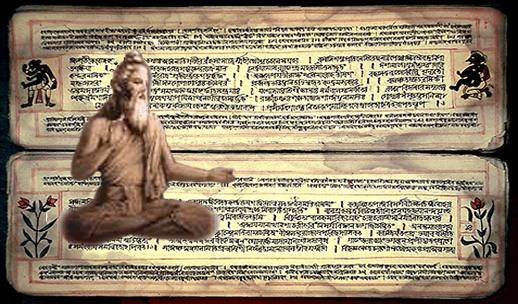



























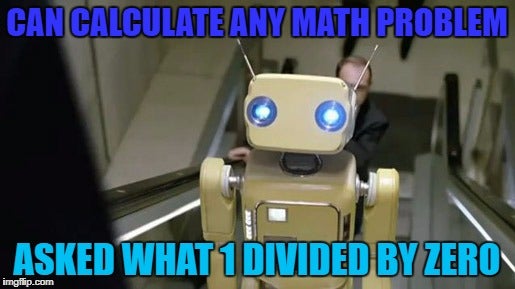







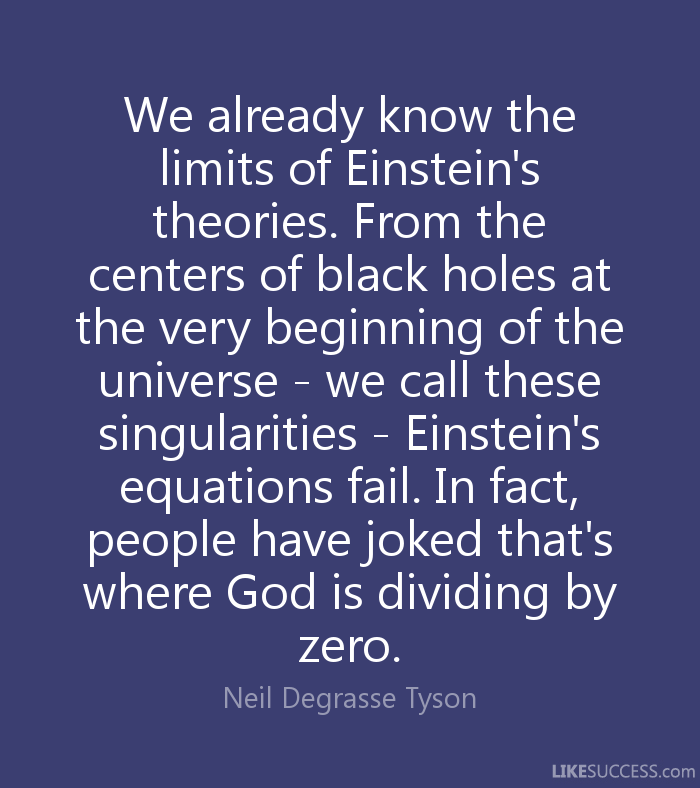

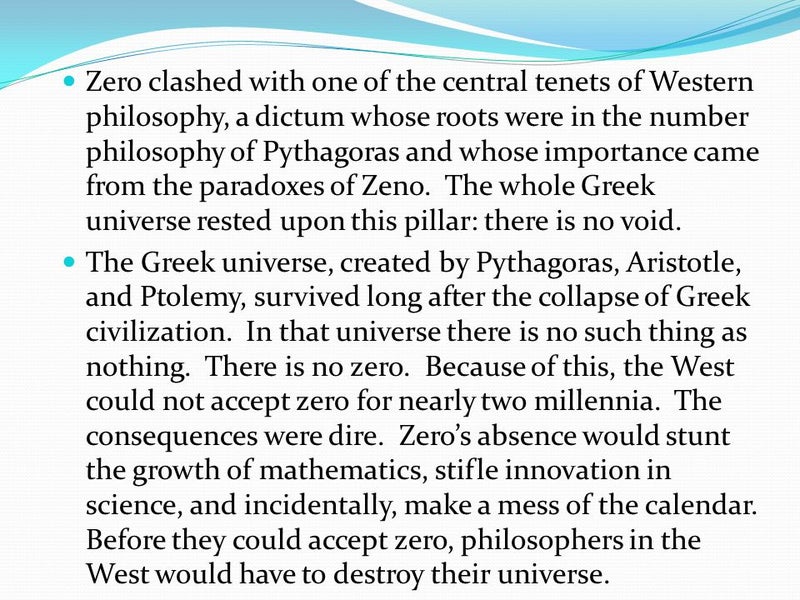







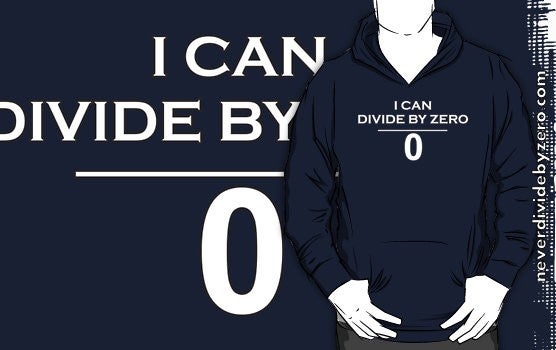







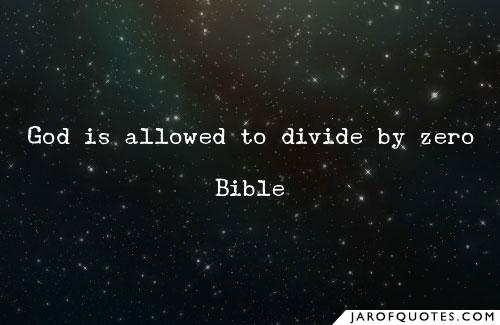

0 件のコメント:
コメントを投稿